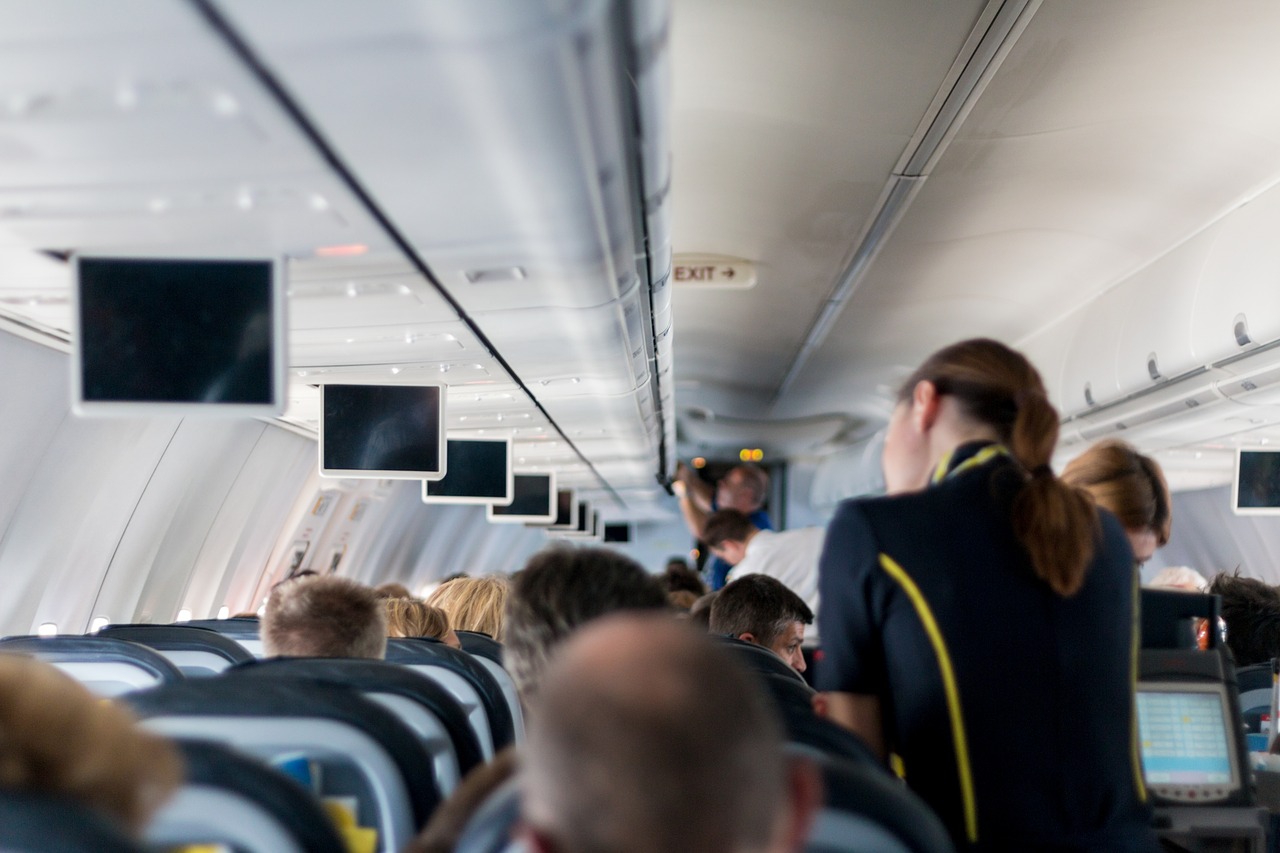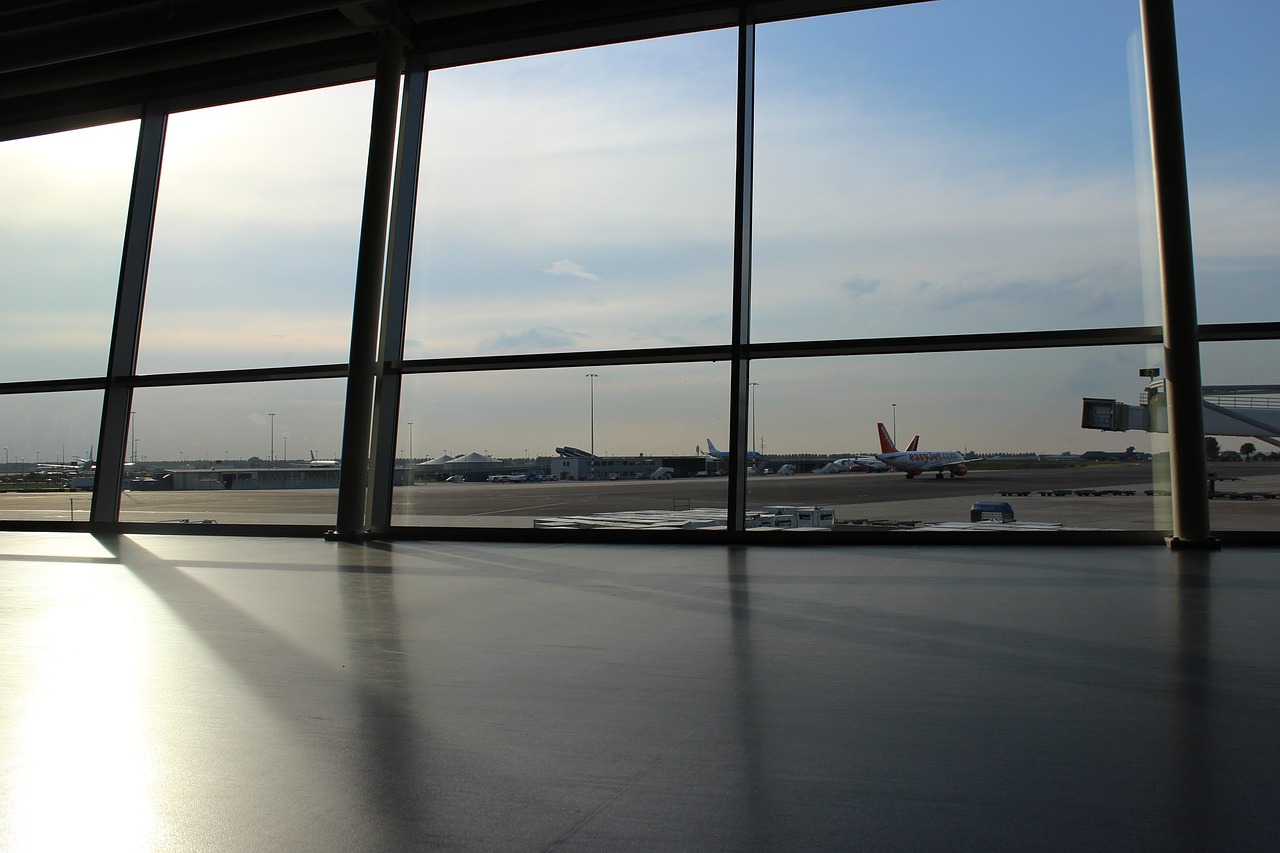You’ll find me at sea this week, and probably doing a little blogging along the way. That said, I wanted you to have something to read other than Best of MJ on Travel content this week, so check out this guest post from blogger Stefan Krasowski from Rapid Travel Chai.
Landed that globetrotting job? Better kit yourself out.
By guest blogger Stefan Krasowski from Rapid Travel Chai
You’ve finally landed that globetrotting job, ready to jump into the first trip and the wheels start to come off. Administrative assistants and the travel agents are little help and HR only throws up roadblocks. Relying on people that often travel the least to manage your travel can often be a disaster without active involvement and coaching. Here’s what you need to be ready to fly most anywhere:
Passport: obvious, but US citizens getting a new passport or renewal should check the box for the 52-page book (non-standard) not the 28-page book (standard). Stamp happy officials in many countries consume a whole page for a visa and do their best to take up another page with their stamps. Getting new pages is a hassle (and now expensive); in a hurry the fastest method to get extra pages is at an overseas embassy/consulate, processed on the spot. Throw in a US passport card as a secondary ID, but it is only valid for land and sea entry to Western Hemisphere Travel Initiative Countries.
Global Entry: US and Mexican citizens (plus Canadian NEXUS members and Dutch Privium members) should join this US government program for expedited entry to the US. It does not expedite security screening but pilot tests will soon be underway. See here for more info on the benefits and full range of programs on offer, including NEXUS for Canada and SENTRI for Mexico, which supplement Global Entry. If your company will not pay, some credit cards now reimburse the fee ($100, valid for 5 years).
International Driving Permit (IDP): not all countries accept home-country driver’s licenses. An IDP is cheap and easy to get (AAA and others), but validity is, vexingly, limited to one-year. Set an annual renewal reminder on your calendar.
Visa photos: get a stack of them made and leave then with whoever will handle your visa applications. The most versatile are 2”x1.5”, but I also keep a supply of 1.5”x1”, and a few 2”x2”. Many countries, particularly in Asia, are a great place to stock up, either at photo shops or shopping mall/subway station instant ID photo kiosks. Prices in the US are outrageous.
Visa applications: each country is different in their requirements, and further different by your country of nationality and country where applying for the visa. Some countries make it very difficult to apply for their visa outside your home country. Business visas often require an extra layer of documentation: whether or not you go with tourist visas depends on how much your HR department meddles. But you can make life easier by providing whoever will handle your visa applications with a high-resolution scan of your passport photo page, a copy of your full passport (for countries that ask about prior country visits) and basic demographic information about yourself, parents, spouse and children, all of which can be asked even when the trip is just for yourself. For business visas, an employment verification letter is de rigueur and it will be good to get HR set up with a template and make a few for you in advance.
Good visa agents can expedite the process but always build in time to be without a passport. Familiarize yourself with each country’s quirks, such as multiple-entry visas to India requiring supplemental approval for reentry within 60 days.
Vaccines: consult a medical professional for vaccines that you will need, but start early because numerous vaccines require multi-booster treatments over several weeks or months to achieve full inoculation. Examples are hepatitis A, hepatitis B and rabies. Get your vaccination record entered by your medical professional into a yellow International Certificate of Vaccination or Prophylaxis (ICVP) book.
There are currently 20, admittedly remote, countries that require proof of yellow fever vaccination (see CDC’s Yellow Book table 3-24). This is not always strictly enforced but best to be covered. The Yellow Book also shows the many more African, Central American and South American countries with risk of yellow fever transmission.
Copies and scans: have copies and scans of all the above for replacement if lost or for use in place of the originals. Have backups at home and at work with someone trusted and reliable.
Personal expenses: business expenses may be reimbursed, but personal expenses still pop up. Whether or not your company has issued you a card with no foreign transaction fee, you should get one for personal use. Most card issuers now have such offerings, including all Capital One cards.
And then the family: any spouse and children will not want to be forgotten and want reliable communication. Address this in advance. And family members often ask to be taken along. If so, return to the top of this list and start working back down.
Finally, always take ownership for all steps in this process. You, not your assistant, not your visa agent, will be the one standing in a foreign airport trying to fix things if they are improperly prepared.
When done, you can get back to dreaming of airline lounges and lie-flat seats!








1 comment